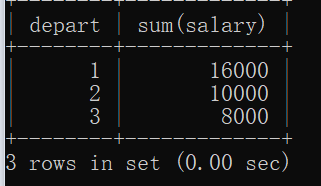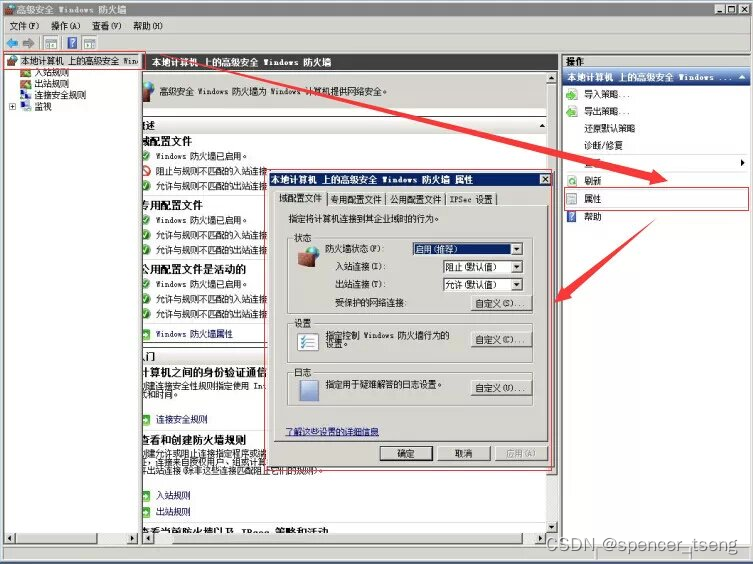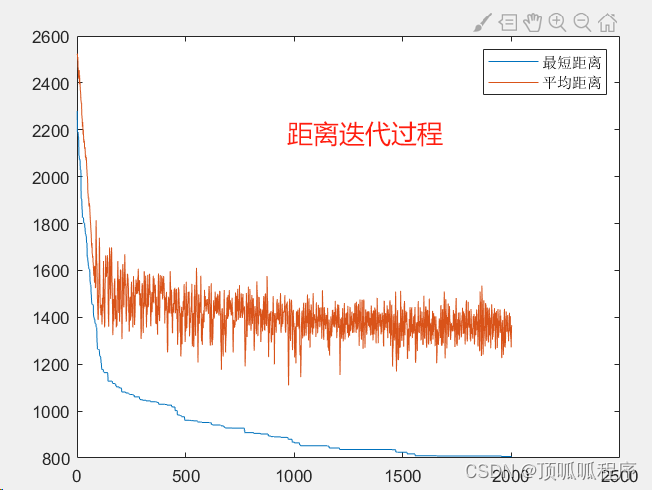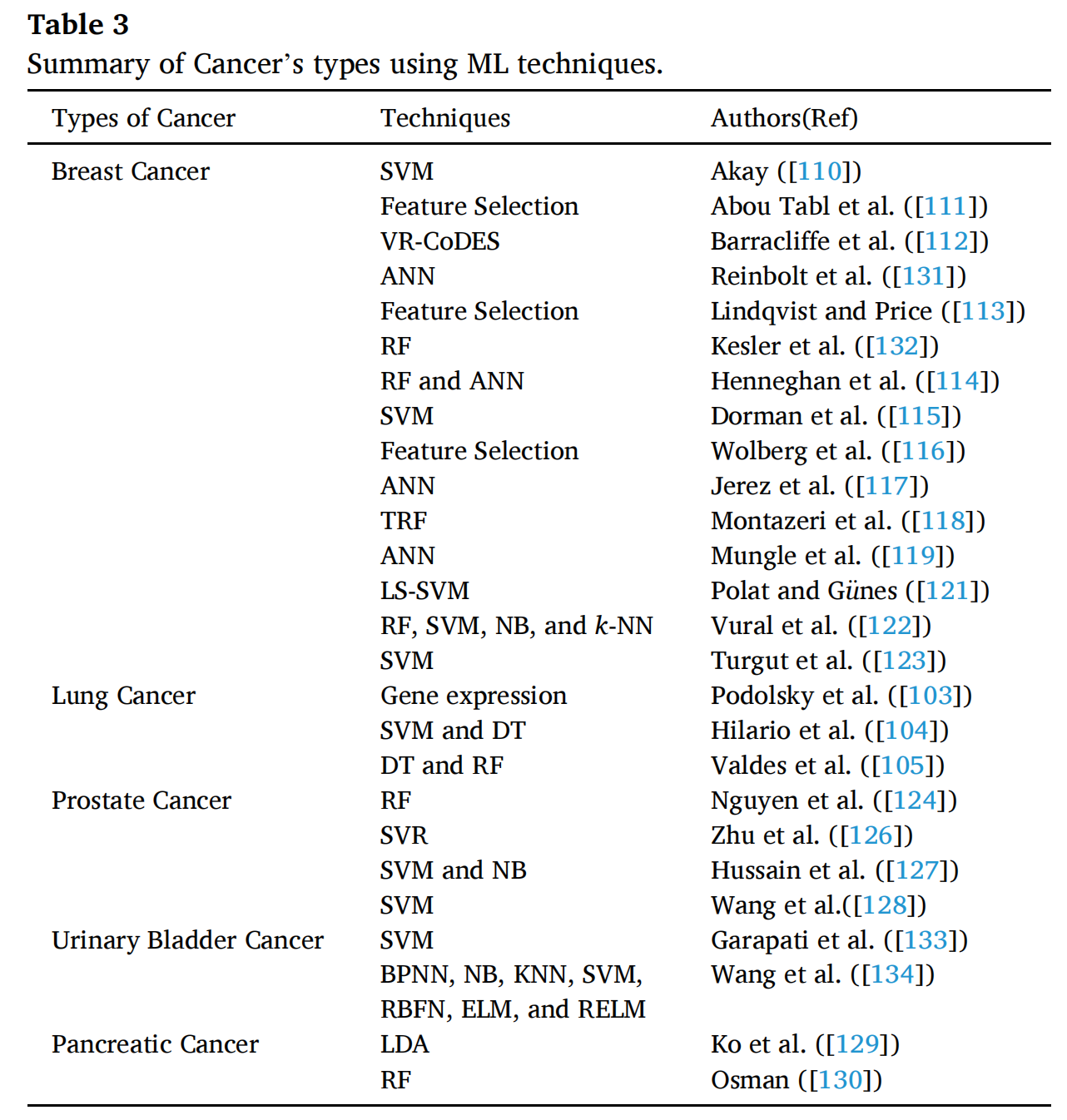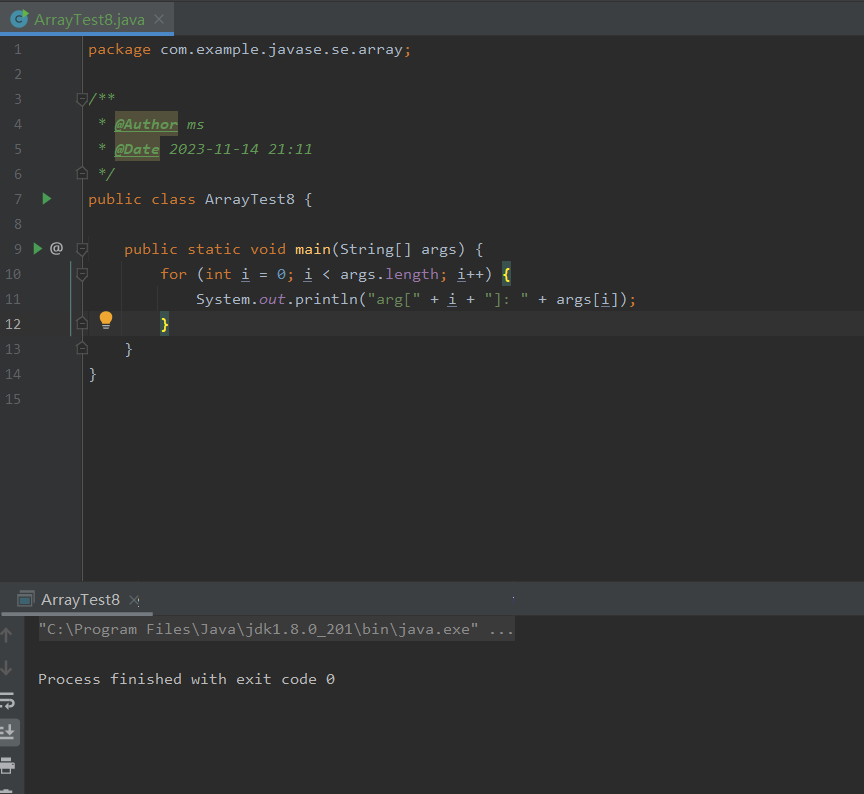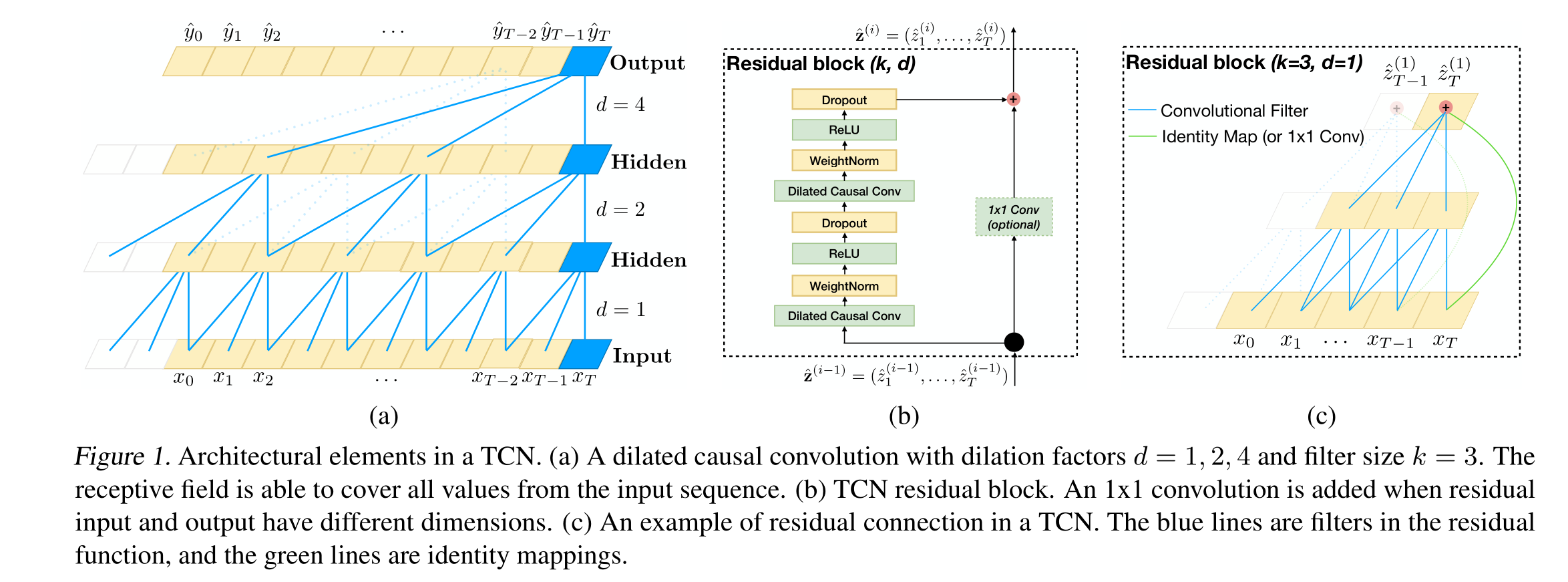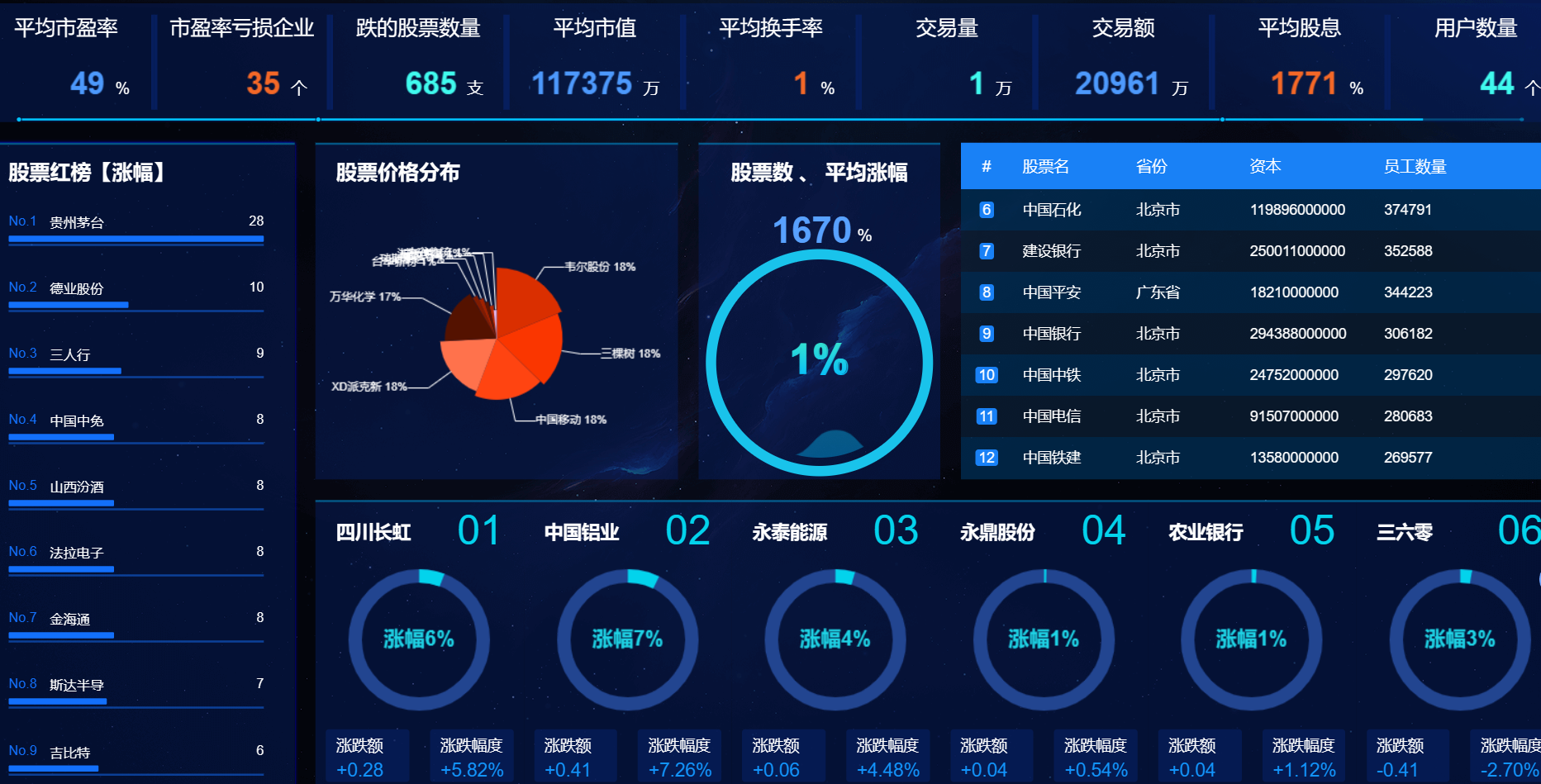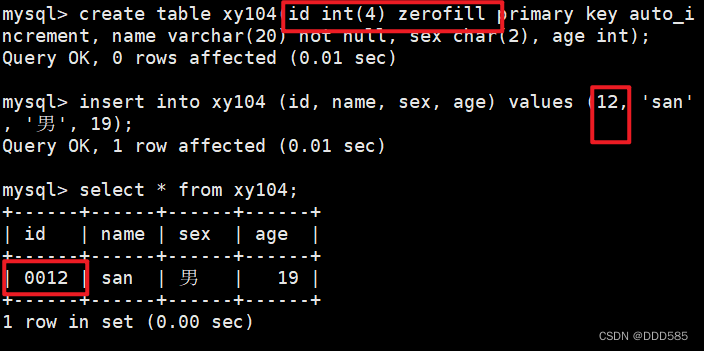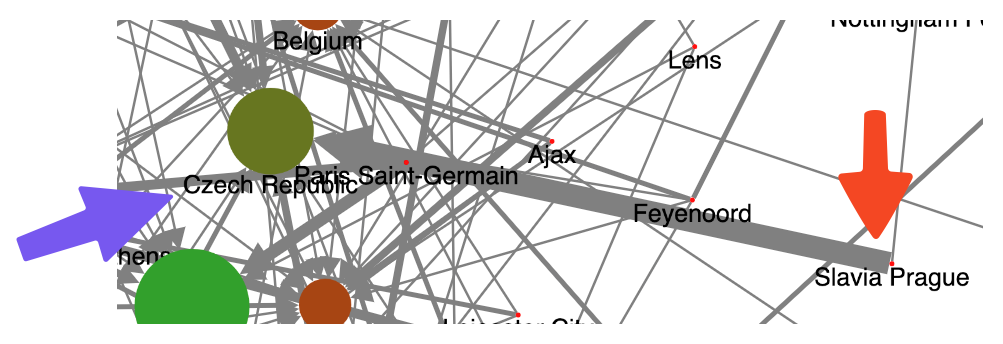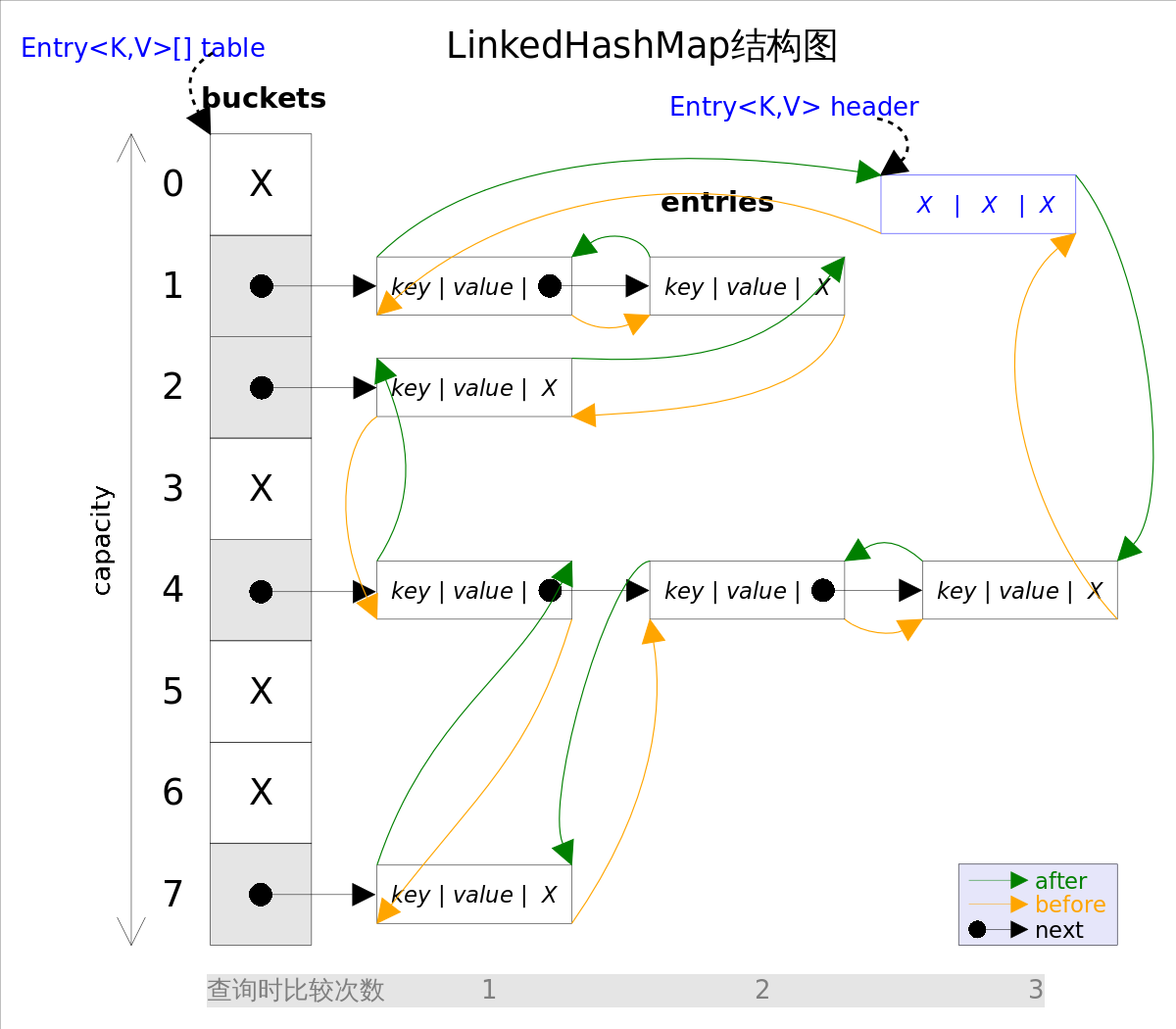创建一个员工表emp,包含字段:姓名name,性别sex,部门depart,工资salary
create table emp(
name varchar(30) not null,
sex varchar(30) not null,
depart int not null,
salary int not null
);插入数据打印为
mysql> insert into emp values
-> ('张三','男',1,1000),
-> ('李艾','男',3,3000),
-> ('李离','男',2,2000),
-> ('王五','男',3,5000),
-> ('妹妹','女',2,4000),
-> ('姐姐','女',1,6000),
-> ('女老板','女',1,9000);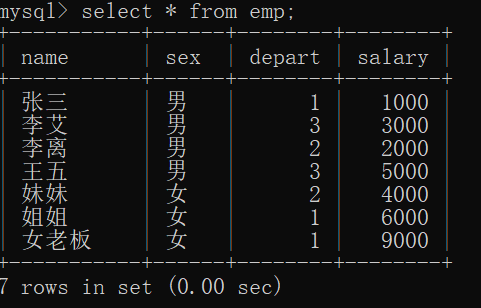
了解group by
在MySQL中,
GROUP BY子句的主要作用是根据一个或多个列对结果集进行分组,以便对每个分组执行聚合函数(如COUNT(),SUM(),AVG(),MAX(),MIN()等)。1. 基本分组与聚合
最常见的用法是结合聚合函数对某一列或多列进行分组,并计算每组的聚合值。
SELECT department, COUNT(*) as num_employees FROM employees GROUP BY department;这查询会按照
department列的值对员工进行分组,并计算每个部门的员工数量。2. 多列分组
你可以按照多个列的组合进行分组。
SELECT department, position, COUNT(*) as num_positions FROM employees GROUP BY department, position;这个查询会先按照
department列的值进行分组,然后在每个部门内部再按照position列的值进行分组,最后计算每个部门中每个职位的数量。3. 与HAVING子句结合使用
HAVING子句用于过滤分组后的结果。它通常与GROUP BY一起使用,以基于聚合函数的结果来过滤分组。SELECT department, AVG(salary) as avg_salary FROM employees GROUP BY department HAVING avg_salary > 50000;这个查询会计算每个部门的平均工资,但只返回那些平均工资超过 50000 的部门。
4. 与ORDER BY结合使用
你可以使用
ORDER BY子句对分组后的结果进行排序。SELECT department, COUNT(*) as num_employees FROM employees GROUP BY department ORDER BY num_employees DESC;这个查询会按照员工数量降序排列部门。
5. 在分组中使用表达式
你可以在
GROUP BY子句中使用表达式或函数来对结果进行分组。SELECT YEAR(hire_date) as hire_year, COUNT(*) as num_hires FROM employees GROUP BY YEAR(hire_date);这个查询会按照员工入职年份对员工进行分组,并计算每年的入职员工数量。
查询男女员工的平均工资
select sex,avg(salary) from emp
where sex in('男','女')
group by sex; 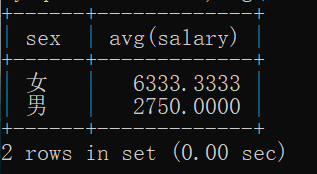
查询各部门的总薪水
select depart ,sum(salary) from emp
group by depart;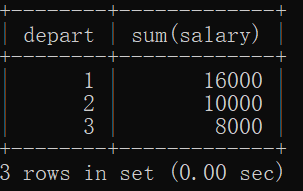
查询总薪水排名第二的部门
select depart ,sum(salary) from emp
group by depart
order by sum(salary) desc --按照薪水降序
limit 1 offset 1;--分页一个数据占一页,找排名第二就跳过第一页数据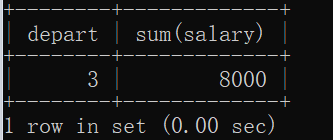
查询姓名重复的员工信息
select * from emp
where name in(
select name from emp --查找出重复的姓名
group by name
having count(*)>1
);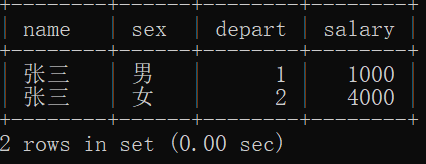
查询各部门薪水大于900的男性员工的平均薪水
select depart,avg (salary) from emp
where sex= '男'and salary>900
group by depart;